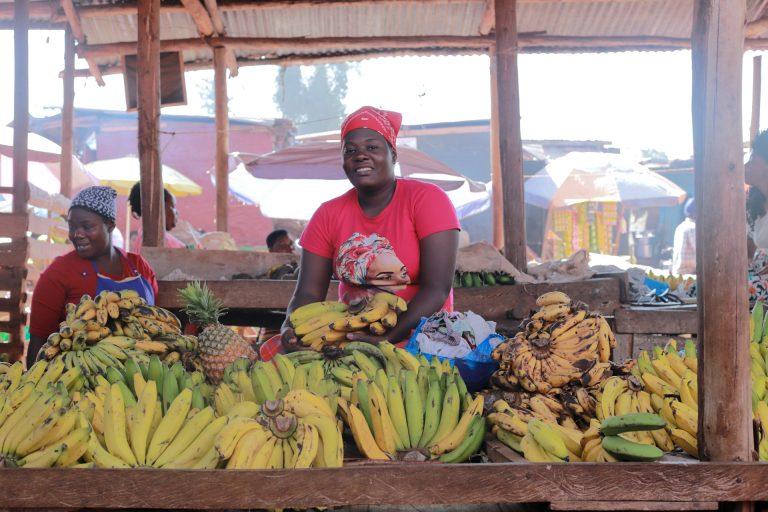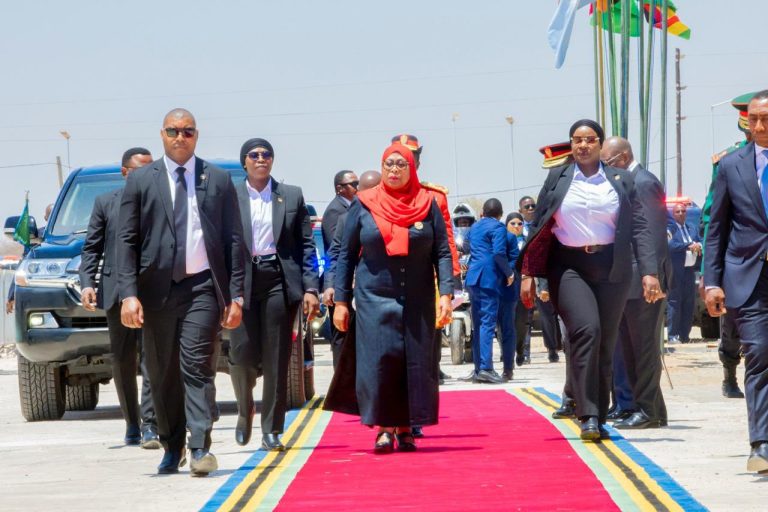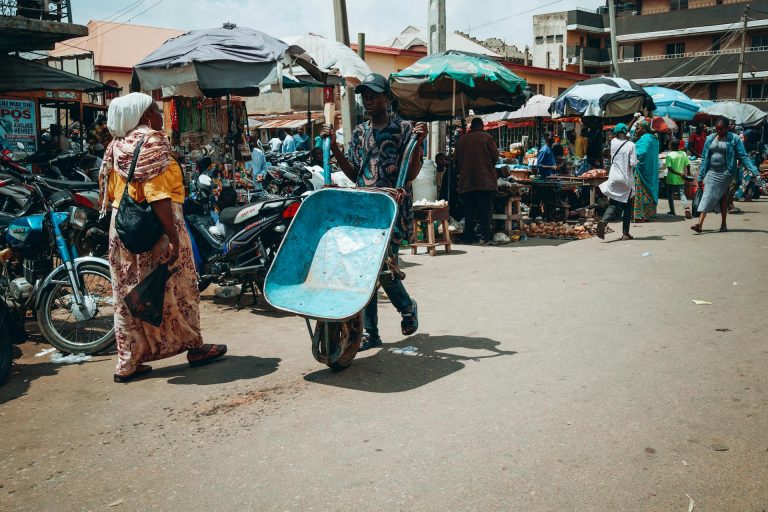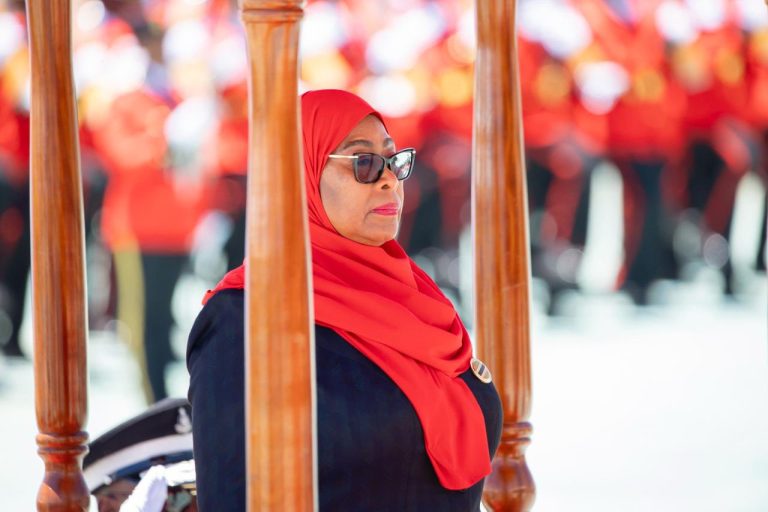- BoG liquidity mop-up limits investor demand
- Government misses GHS20.49bn ($1.8bn) in 2025 auctions
ACCRA, GHANA – Ghana’s government has missed its treasury auction targets by a cumulative $1.8bn so far in 2025 as Bank of Ghana’s aggressive liquidity absorption continues to drain cash from the financial system.
The shortfall widened further at the end of October, when treasury auctions underperformed by about GHS 700 million, followed by an additional GHS 3.04 billion deficit in the first half of November.
Analysts say the widening gap highlights rising tensions between the central bank’s tight monetary policy and the government’s financing needs.
Since January, the BoG has sterilised nearly GHS 307.8 billion in excess liquidity through open market operations aimed at curbing inflation. The strategy has helped pull inflation down to 8.0% in October, its lowest level in more than four years, but at the cost of constrained liquidity for government borrowing.
“The scale of the mop-up has significantly tightened liquidity conditions,” the Black Star Group said in its October 2025 Markets Update. “It’s been effective in bringing inflation down, but it has come at the cost of limited fiscal funding space.”
Money supply growth (M2+) slowed sharply to 16.6% in August 2025, down from more than 25% a year earlier. The squeeze has pushed banks and institutional investors toward shorter-term instruments, exposing the government to rollover risks.
Liquidity tension meets rising rollover pressures
In October, the government accepted GHS 21.2 billion across Treasury maturities, only slightly above maturing obligations of GHS 20.4 billion. The 91-day bill remained the dominant instrument, as investors avoided longer-dated securities due to liquidity concerns.
Analysts warn that the concentration of demand in short-term paper is beginning to strain balance sheets across the financial sector.
The divergence between fiscal and monetary policy has also grown sharper. While the Finance Ministry seeks to tap local markets more heavily, the central bank continues draining liquidity to cement disinflation gains, creating a “liquidity crowding” effect.
BoG’s tightening push peaked in June 2025, when liquidity absorption hit GHS 52.5 billion, the highest monthly level of the year. Since then, mop-ups have moderated to an average of GHS 26.7 billion, signalling that the central bank may be nearing the end of its contractionary cycle.
At the same time, interest rates have remained largely stable. The Monetary Policy Rate has been eased to 21.5%, while the Ghana Reference Rate edged down to 17.86%, indicating improving credit conditions despite limited liquidity.
“The liquidity squeeze has served its purpose,” said Adjei Boateng, CFA, Chief Investment Officer at Black Star Group. “With inflation back within target, the BoG can begin rebalancing policy to allow more room for fiscal funding without reversing the disinflation gains.”
Strong secondary-market activity contrasts weak primary auctions
Despite the liquidity drought, Ghana’s secondary fixed-income market remained active. Trading volumes climbed to GHS 29.1 billion in October, up from GHS 27.8 billion in September. Treasury bills accounted for GHS 11 billion, underscoring solid turnover even as investors pulled back from primary auctions.
Government borrowing costs in the primary market continued to edge up. In October, the 91-day bill averaged 10.8%, the 182-day bill 12.5%, and the 364-day bill 13.0%. Analysts say yields could rise further if liquidity remains tight and investors persist in favouring shorter maturities.
With more than six weeks to close the year, the widening funding gap raises concerns about how the government will navigate its short-term obligations while avoiding further strain on the domestic debt market. Market watchers warn that unless liquidity conditions improve meaningfully, the government may face steeper borrowing costs and tougher rollover dynamics in the months ahead.











